Milwaukee 1250-1 Handleiding
Milwaukee
Boormachine
1250-1
Bekijk gratis de handleiding van Milwaukee 1250-1 (15 pagina’s), behorend tot de categorie Boormachine. Deze gids werd als nuttig beoordeeld door 86 mensen en kreeg gemiddeld 4.4 sterren uit 43.5 reviews. Heb je een vraag over Milwaukee 1250-1 of wil je andere gebruikers van dit product iets vragen? Stel een vraag
Product specificaties
| Merk: | Milwaukee |
| Categorie: | Boormachine |
| Model: | 1250-1 |
Heb je hulp nodig?
Als je hulp nodig hebt met Milwaukee 1250-1 stel dan hieronder een vraag en andere gebruikers zullen je antwoorden
Handleiding Boormachine Milwaukee
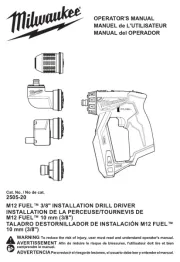
19 Augustus 2025
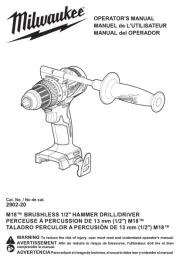
19 Augustus 2025
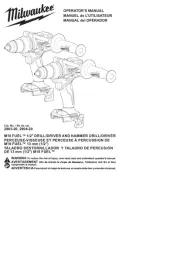
19 Augustus 2025
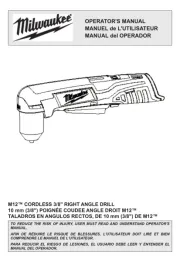
19 Augustus 2025
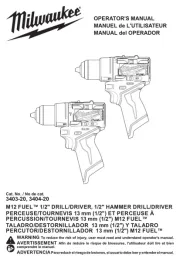
19 Augustus 2025
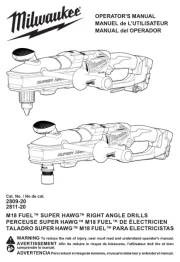
18 Augustus 2025
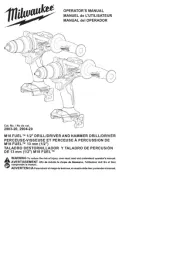
18 Augustus 2025
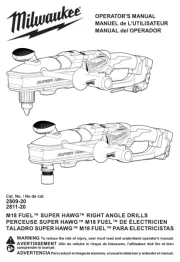
18 Augustus 2025
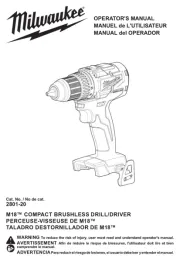
18 Augustus 2025
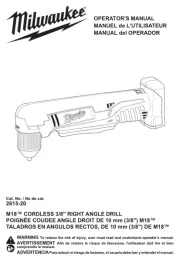
18 Augustus 2025
Handleiding Boormachine
- RUKO
- Hikoki
- Stanley
- King Craft
- Felisatti
- Biltema
- Cotech
- Rupes
- Porter-Cable
- NEO Tools
- Berner
- Sun Joe
- Westfalia
- Total
- Fieldmann
Nieuwste handleidingen voor Boormachine
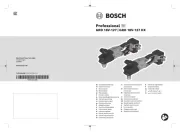
16 September 2025
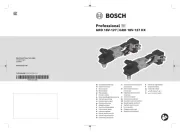
16 September 2025
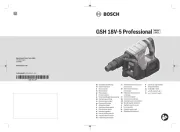
15 September 2025
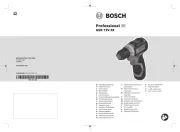
15 September 2025
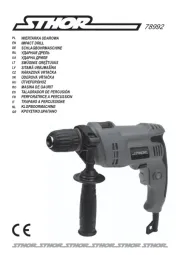
13 September 2025
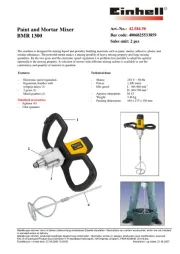
13 September 2025
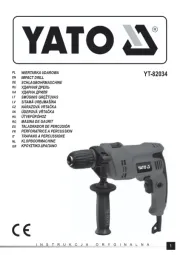
12 September 2025
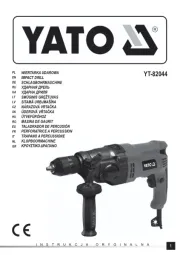
12 September 2025
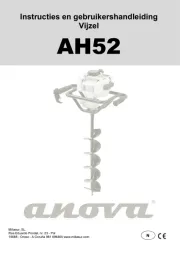
9 September 2025
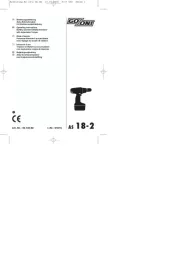
8 September 2025